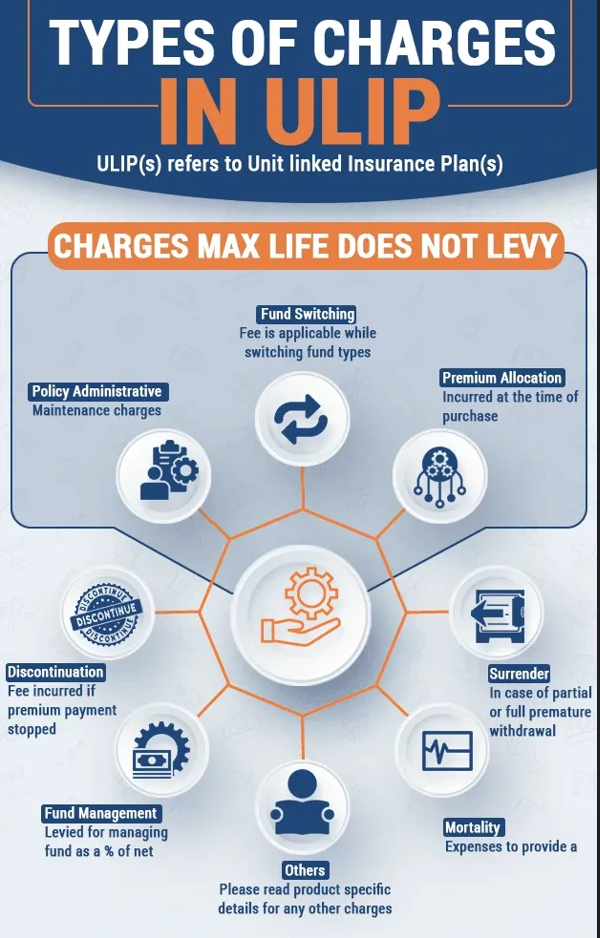10 Things to Watch out for in Goods &
Services Tax Bill..!
by Mr. Pritam Mahure, Chartered Accountant
The Constitution does not provide for a parallel
levy of indirect taxes by the Centre & states, a pre-requisite for the
roll-out of goods & services tax (GST) in India.
The central government introduced in Parliament
last week the 122nd Constitution amendment Bill to address this. Some key
highlights of the Bill are..
(1.) Enables introduction of GST..!
The Bill replaces the lapsed 115th Constitution
amendment Bill, introduced by the United Progressive Alliance (UPA) government
in March 2011.
This enables the Centre government & state
governments, including Union territories, to introduce the law for levying GST
on supply of goods and services. Under the GST regime, there will be one
Central GST law and one state GST law each for the states.
(2.) 'GST' defined..!
The term 'GST' is defined in Article 366 (12A) to
mean "any tax on supply of goods or / services or / both except taxes on
supply of the alcoholic liquor for human consumption".
Thus, all supply of goods or services will
attract Central GST (CGST) and state GST (SGST), unless kept out of purview of
GST.
In effect, works contracts will also attract GST.
As GST will be applicable on 'supply', the erstwhile taxable events such as
'manufacture', 'sale', 'provision of services', etc., will lose their
relevance.
As the term 'supply' is not defined or / elaborated
or / qualified such as, supply for a consideration etc, it needs to be seen
whether even free supply will attract GST.
(3). 'Service' defined..!
The 115th Constitution amendment Bill did not
provide for a definition of the term 'service'.
The latest Bill specifically provides that
"services mean anything other than goods".
This broad definition of the term will altogether
remove the disputes on the aspect whether something is goods or services
(unless the government proposes different rates for GST on goods or services or
both).
(4.) Integrated GST..!
At present, inter-state supply of goods attract
Central Sales Tax. The Bill provides that an inter-state supply of goods or
service will attract IGST (i.e. CGST plus SGST).
IGST will be levied and collected by the Centre,
and the proceeds will be shared among the Centre govt. and the state govts.
(5.) Inter-state sale of goods to attract
additional tax...!
The Bill provides that an additional tax up to 1%
will be levied by the Centre on inter-state supply of goods (and not on
services).
This additional tax, applicable for a period of 2
years, will be assigned to states from where the supply of goods originates.
The GST Council could further extend the period
beyond 2 years.
However,
the Bill is silent on whether credit of this additional levy will be available,
or / will it be a cost in the supply chain.
In case of latter, it could have a tax cascading
effect on the supply chain.
(6.) Import of goods or services...!
At present, import of goods attracts basic
customs duty (BCD), additional customs duty (ACD), and special additional
customs duty (SAD), while import of a service attracts service tax (or /
research and development cess in few instances).
The Bill provides that the import of goods or
services will be deemed as supply of goods or services or both, in the course
of inter-state trade or commerce and thus it will attract IGST (CGST plus
SGST). Thus, import of goods will attract BCD and IGST, while import of
services will attract IGST.
(7.) Alcohol for human consumption...!
It appears that alcohol for human consumption
will be kept outside the GST regime.
Exclusion of the alcohol sector could mean that
companies manufacturing alcohol may not be in a position to avail credit of GST
paid by them on their procurements.
(8). Petroleum products & Tobacco...!
Petroleum products and tobacco will continue to
attract excise duty. However, the Bill specifically provides that petroleum
products might not attract GST.
However, at a later stage the GST Council might
decide to levy GST on petroleum products.
(9.) Role of GST Council...!
The Bill is silent on some key aspects of GST
like..
* What the model GST law would look like?
* Which taxes, cesses, surcharges would be
subsumed in GST?
* Which goods and services are subject to, or
exempt from GST?
* What will be the rate of GST, including the
floor rates?
* What
will be the threshold limit of GST?
The 115th Constitution amendment Bill provided
for a Dispute Settlement Authority to settle disputes between states or between
states and the Centre with regard to GST.
However, under the latest Bill, the GST Council
has been given the authority to determine the modalities to resolve disputes
arising out of its recommendations. The GST Council will consist of the Union
finance minister, minister of state and state finance ministers.
(10.) Compensation to states...!
The Bill did not provide for compensation to
states. This Bill specifically provides that Parliament by law, on
recommendation of GST Council, provide for compensation to states for loss of
revenue arising out of implementation of GST up to 5 years.
By providing for compensation in the Constitution
itself, the Centre seems to have addressed the concerns raised by the states
regarding fear of loss of revenue.
The way forward...
After passage through both Houses of Parliament,
to become a law, the Bill will have to be approved by more than half of the
states.































